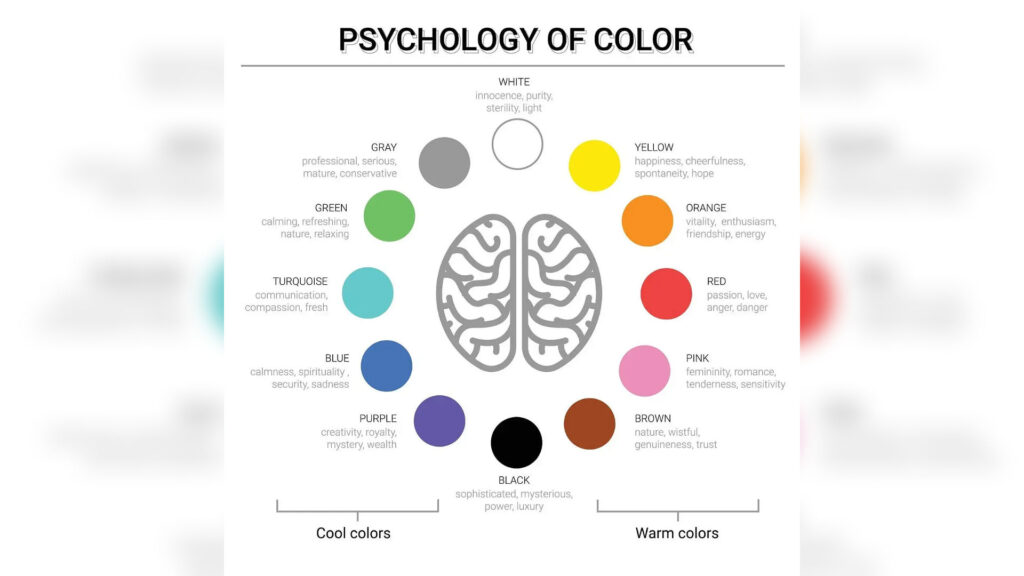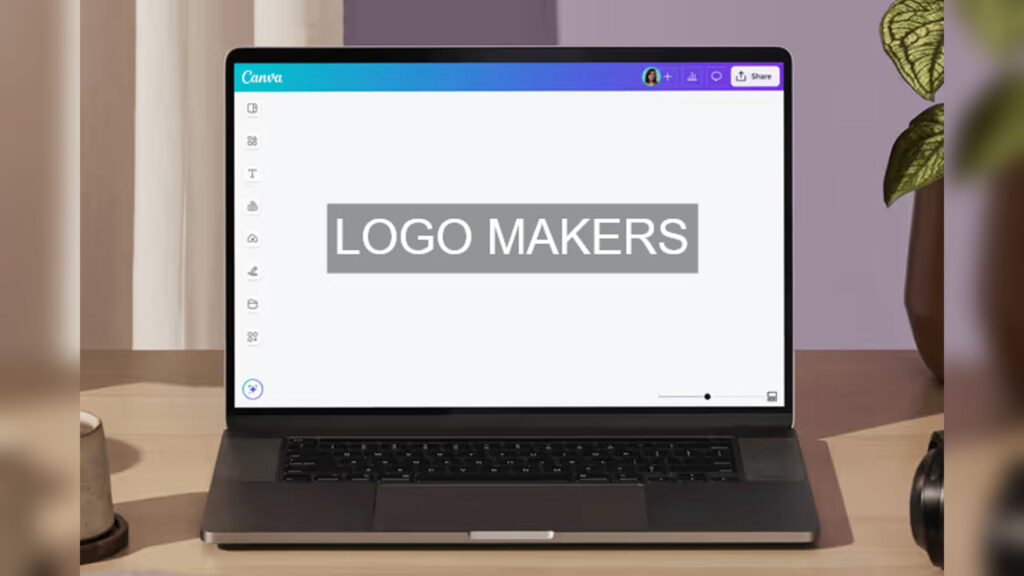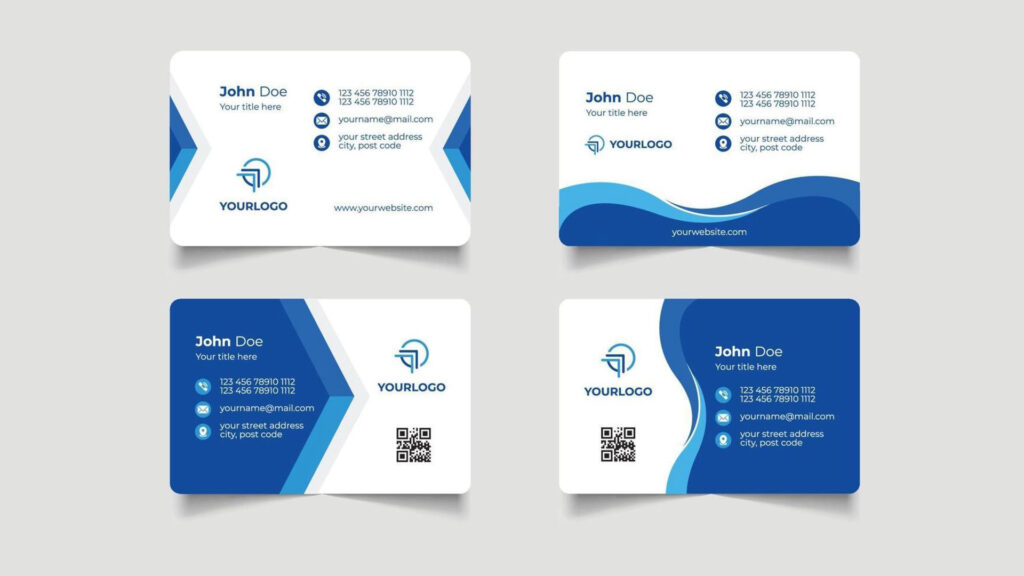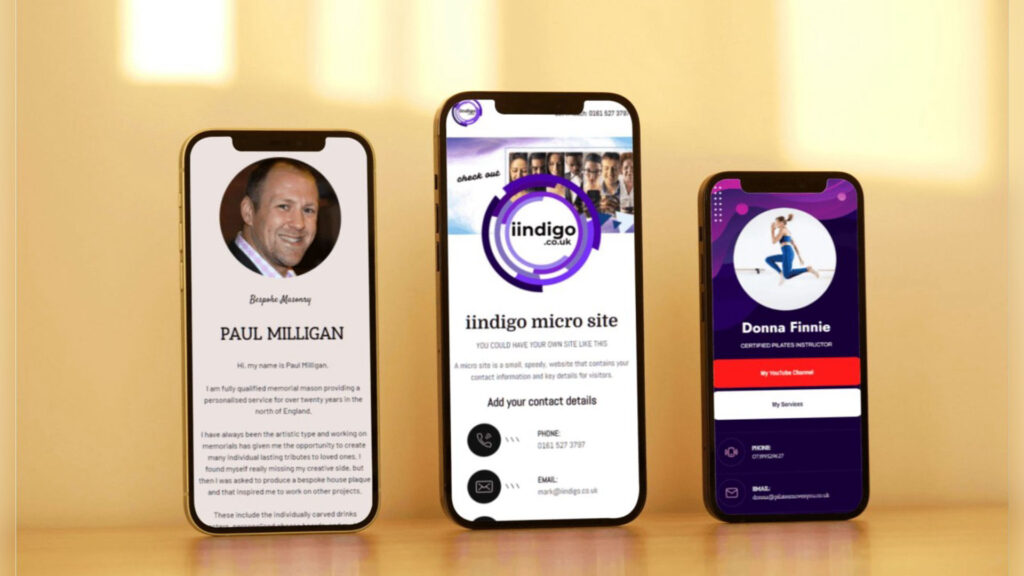In today’s digital-first business environment, branding isn’t just a nice-to-have—it’s a strategic asset. For Kenyan entrepreneurs especially, building a recognizable and trusted brand can mean the difference between scaling fast or getting lost in the noise. And when it comes to branding, your logo is often the first visual cue that defines who you are.
With the rise of artificial intelligence tools, creating a logo has never been easier. But this convenience comes with risks. Relying on an ai generated logo without understanding its limitations or context can lead to expensive branding errors, especially in competitive local markets. This article takes a deep dive into the common pitfalls to avoid when using AI for logo creation, how to recognize whether your business needs a rebrand or a debrand, and what you should prioritize if you’re operating within Kenya’s vibrant and ever-evolving market.
Let’s break it all down.
Table of Contents
ToggleUnderstanding the Rise of AI in Logo Design
Artificial intelligence has revolutionized many aspects of design, offering entrepreneurs tools that deliver fast, budget-friendly logo options with just a few clicks. You type in your business name, a few colors or industry keywords, and voila—a ready-to-use logo appears on screen.
This wave of automation has made professional design more accessible. Tools like Looka, Tailor Brands, Wix Logo Maker, and Canva’s AI features promise sleek logos in minutes. For bootstrapped startups, especially in Kenya where initial capital is often limited, this can be a game-changer.
But here’s the big question: Are these logos actually helping businesses grow, or are they silently sabotaging them?
The Hidden Cost of Using an AI Generated Logo
The allure of instant design masks some serious consequences. Let’s explore some of the mistakes businesses make when depending on AI for their visual identity.
Mistake #1: Thinking Speed Equals Strategy
One of the biggest selling points of an ai generated logo is speed. You get instant results. But quick results don’t mean strategic ones. A logo isn’t just a pretty graphic—it’s a visual translation of your business values, market position, and personality.
An AI can’t understand Kenyan cultural nuances, business tone, or subtle symbolism that resonates with your target audience. You might end up with a generic-looking symbol that has no emotional pull or local relevance. If your business aims to create trust and connection, that’s a major setback.
Mistake #2: Lack of Originality and Trademark Risks
Most AI tools use template-based systems or generative algorithms that pull from vast libraries of existing styles. This means your logo could look strikingly similar to another business’s logo, possibly even within the same industry or region.
Imagine launching your fashion startup only to discover another Nairobi-based brand has an almost identical logo. Not only does this dilute your brand identity, but it could also land you in legal trouble if the other design is trademarked.
Trademark issues in Kenya are becoming more serious, especially with the growth of digital commerce and IP awareness. A logo that isn’t unique puts you at risk of brand confusion and lawsuits.
Mistake #3: Overlooking Scalability
An ai generated logo may look fine on a website, but what about when it’s printed on a billboard, a t-shirt, a tiny mobile app icon, or even product packaging? Not all AI logos are created with scalability and versatility in mind.
Designs with too many gradients, complex symbols, or poor typography often fail to maintain their impact when resized. This can damage brand consistency and professional appearance across your platforms.
Mistake #4: Ignoring Target Audience Psychology
A professional designer will ask, “Who are you talking to?” AI doesn’t. It generates logos based on inputs, not on understanding the emotions and preferences of your customer base.
Let’s say you’re targeting middle-income Kenyan moms for your health food brand. AI might give you a trendy geometric symbol that looks sleek, but does it feel wholesome, trustworthy, or family-friendly? Without a human lens, you’re likely missing key emotional signals that influence buying behavior.
Mistake #5: Thinking a Logo Alone Builds a Brand
This is a critical misconception. Many Kenyan business owners believe once they get a shiny new logo, their brand is ready to go. That’s not how it works.
Your logo is just one part of your visual identity. It must work hand-in-hand with your color palette, typography, messaging tone, social media visuals, packaging, and even customer service style. AI tools don’t offer that full branding ecosystem—they offer a logo, not a brand.
If your entire identity hinges on a quick logo and nothing else, you risk looking unprofessional and inconsistent.
When Should You Rebrand?
Rebranding is a strategic move that involves overhauling how your business is perceived—from logo to messaging to core positioning. It’s a big step, but sometimes it’s the right one. Here’s when you should consider it:
-
Your business has outgrown your current identity
-
You’re targeting a new audience segment
-
Your competitors have evolved and you’re falling behind
-
Your current visuals don’t reflect your values anymore
-
You used an ai generated logo that no longer feels right
In Kenya, rebranding can also help businesses position themselves for international expansion or to better align with shifting cultural and economic trends.
Is It Time to Debrand Instead?
Debranding is different from rebranding. Instead of changing everything, it often involves simplifying your visuals or removing overly complex design elements to appear more relatable or modern.
This trend has been popular with global brands like Mastercard and Starbucks, which have dropped text or simplified their logos to adapt to digital-first environments.
For Kenyan entrepreneurs, debranding could mean moving from an overly colorful or crowded logo to a cleaner, minimal look. It’s a subtle refresh rather than a full makeover.
Debranding is especially useful if:
-
You want to appeal to a younger or more digitally-savvy audience
-
Your current logo feels outdated or overdesigned
-
You want to improve visibility on mobile or small screens
-
You feel like your visual identity is too cluttered
What Kenyan Entrepreneurs Should Consider Before Using AI Tools
If you’re still considering using an ai generated logo, here are key points to weigh before clicking “Download”:
1. Validate Before You Launch
Test the logo on actual users. Get feedback from potential customers, friends, and industry peers. Don’t launch blindly.
2. Customize Extensively
Use the AI output as a draft, not the final design. Take it to a local designer for polishing, tweaking, and adapting to your market.
3. Check Cultural Relevance
Certain icons, colors, or shapes may carry unintended meanings in Kenyan culture. Avoid missteps by consulting with someone who understands local context.
4. Future-Proof the Design
Think ahead. Will the logo still make sense if you expand to other regions or markets? Is it too trendy to stand the test of time?
5. Invest When You Can
AI is great for testing and prototyping, but for your main identity, invest in professional design. The ROI of a good brand is massive—don’t cut corners.
Alternatives: Combining AI With Human Creativity
Instead of going full AI or full designer, consider a hybrid approach.
-
Use AI to brainstorm multiple directions or ideas quickly
-
Shortlist a few promising concepts
-
Hire a Kenyan freelance designer or agency to refine them
This balances affordability with originality. You still save time and money, but avoid the risks of launching with a half-baked identity.
Real Examples of Rebrands in Kenya That Worked
Several local brands have rebranded successfully, ditching weak or outdated visuals for fresh, culturally relevant ones. Some examples:
Safaricom – Their refreshed green wave design and modern typography gave the brand new energy while keeping its roots intact.
Equity Bank – A gradual rebrand helped them shift from old-school banking to a more digital-savvy, youth-friendly image.
Kenya Airways – Their stylized KQ icon reinforces pride and global identity, especially when competing internationally.
These rebrands weren’t just about design—they were part of broader strategic shifts. And none of them relied on an ai generated logo to lead the charge.
Final Thoughts: Your Logo Deserves More Than a Template
There’s no denying that AI has a place in the creative world. It can be a useful tool, especially for solopreneurs and early-stage startups. But using an ai generated logo without strategy, customization, or testing is a shortcut that may cost you more in the long run.
Your logo is often the first impression your brand gives. It should be intentional, memorable, and tailored to your audience—especially in a market like Kenya where culture, trust, and visual identity play crucial roles in consumer behavior.
So, should you rebrand, debrand, or stick with your current logo? The answer depends on your goals. But if your logo doesn’t tell your story, speak to your audience, or stand out in your industry, it’s time for a change. Just don’t let AI make that call alone.
























































